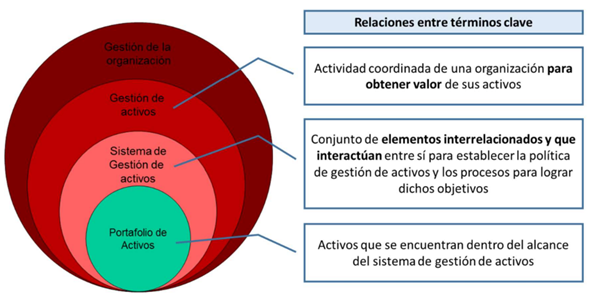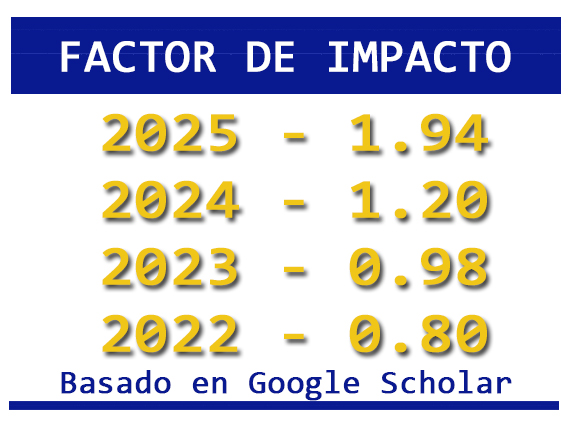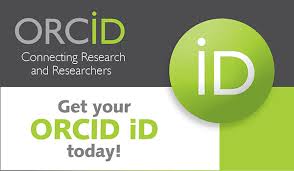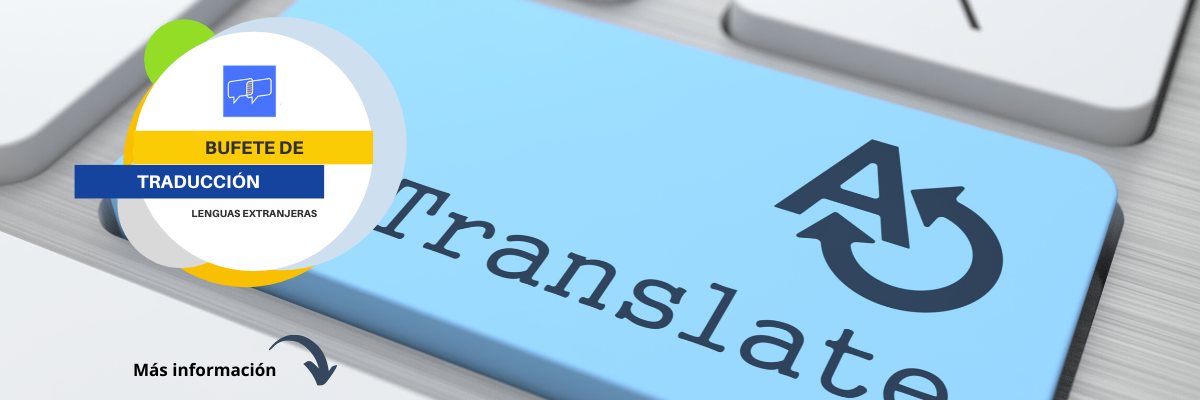ISO 55000 Model for Asset Digitalization and Control in an Agro-Commercial Company
DOI:
https://doi.org/10.36790/epistemus.v19i38.448Keywords:
ASSET MANAGEMENT, METHODOLOGY, SHAREPOINT, ISO 55000, Power AppAbstract
Effective asset management is key to optimizing resources, reducing costs, and achieving strategic organizational goals. This study focuses on a fruit and vegetable trading company whose rapid growth led to challenges in vehicle fleet management, affecting operational and financial efficiency. A methodology based on the ISO 55000 standard was implemented, including physical inventory, accounting reconciliation, and the development of digital tools. A Power App and a SharePoint platform were designed to centralize and automate vehicle management. This enabled the detection of inconsistencies, improved control, and reduced accounting errors. As a result, management system efficiency improved by 70%, identifying unregistered assets and optimizing maintenance and replacement decisions. This initiative demonstrated that technology strengthens asset management and contributes to business profitability by streamlining processes and enhancing decision-making in vehicle management.
Downloads
References
J. Heizer, B. Render, Administración de operaciones: Manufactura y servicio, 9ª ed. México: Pearson Educación, 2009.
R. H. Ballou, Logística. Administración de la cadena de suministro, 5ª ed. México: Pearson Educación, 2013.
International Organization for Standardization, ISO 55000:2014 Asset management – Overview, principles and terminology. ISO, 2014.
S. Nahmias, Administración de operaciones. Un enfoque de sistemas. México: McGraw-Hill, 2019.
C. A. Yáñez, J. A. Ramírez, “Diseño metodológico para la implementación de un sistema de gestión de activos en la cámara de comercio de Bogotá” (tesis de maestría), Pontificia Universidad Javeriana, Bogotá, Colombia. 2022.
D. Tamulevičienė, J. Mackevičius, “Methodology of complex analysis of tangible fixed assets”, Entrepreneurship and Sustainability Issues, vol. 7, n.° 2, pp. 1341–1352, 2019. [En línea]. Disponible: https://doi.org/10.9770/jesi.2019.7.2(38)
R. F. Meigs, W. B. Meigs, Contabilidad: la base para decisiones gerenciales, 2ª ed. México: McGraw-Hill, 1992.
International Organization for Standardization, ISO 55001:2014 Asset management – Management systems – Requirements. ISO, 2014.
International Organization for Standardization, ISO 55002:2018 Asset management – Management systems – Guidelines for the application of ISO 55001. ISO, 2018.
J. Frick, “Future of Industrial Asset Management: A Synergy of Digitalization, Digital Twins, Maintenance 5.0/Quality 5.0, Industry 5.0 and ISO55000”, International Journal of Business Marketing and Management (IJBMM), vol. 8, n.° 4, pp. 93–99, jul–ago 2023.
L. A. Forero, “ISO 55000 Gestión de Activos, una visión general”, Predictiva21, n.° 55, 2017.
A. Oliva, R. Caballero, Gestión de activos físicos: Enfoques y herramientas. México: Alfaomega, 2020.
R. D. Palmer, Maintenance Planning and Scheduling Handbook. New York: McGraw-Hill Education, 2013.
S. A. Rojas Ramírez, “Implementación de un sitio de SharePoint para la gestión de la información y comunicación del proceso Soporte Logístico en la Gobernación de Antioquia” (tesis de grado), Universidad de Antioquia, Medellín, Semestre de Industria, 2023.
J. C. Garrigues, “¿Qué es y para qué sirve Microsoft Power Apps?”, Nunsys Blog, 2023. [En línea]. Disponible en: https://blog.nunsys.com/crm-y-automatizacion-de-marketing/qu%C3%A9-es-y-para-qu%C3%A9-sirve-microsoft-power-apps
Microsoft, “What is Power Apps?”, 2023. [En línea]. Disponible: https://learn.microsoft.com/en-us/power-apps/
E. Zúñiga, D. Herrera, “Digitalización de procesos de mantenimiento en plantas industriales mediante plataformas low-code”, Revista de Tecnología Aplicada, vol. 9, n.° 3, pp. 74–86, 2021.
H. P. Catucuago Cuatucuago, “Implementación de un software de gestión de mantenimiento automotriz para el control preventivo y correctivo de la flota vehicular del GADIP Municipio de Cayambe” (tesis de grado), Universidad Técnica del Norte, 2022. [En línea]. Disponible: http://repositorio.utn.edu.ec/handle/123456789/12044

Downloads
Published
How to Cite
Issue
Section
License
Copyright (c) 2025 EPISTEMUS

This work is licensed under a Creative Commons Attribution-NonCommercial-ShareAlike 4.0 International License.
The magazine acquires the patrimonial rights of the articles only for diffusion without any purpose of profit, without diminishing the own rights of authorship.
The authors are the legitimate owners of the intellectual property rights of their respective articles, and in such quality, by sending their texts they express their desire to collaborate with the Epistemus Magazine, published biannually by the University of Sonora.
Therefore, freely, voluntarily and free of charge, once accepted the article for publication, they give their rights to the University of Sonora for the University of Sonora to edit, publish, distribute and make available through intranets, Internet or CD said work, without any limitation of form or time, as long as it is non-profit and with the express obligation to respect and mention the credit that corresponds to the authors in any use that is made of it.
It is understood that this authorization is not an assignment or transmission of any of your economic rights in favor of the said institution. The University of Sonora guarantees the right to reproduce the contribution by any means in which you are the author, subject to the credit being granted corresponding to the original publication of the contribution in Epistemus.
Unless otherwise indicated, all the contents of the electronic edition are distributed under a license for use and Creative Commons — Attribution-NonCommercial-ShareAlike 4.0 International — (CC BY-NC-SA 4.0) You can consult here the informative version and the legal text of the license. This circumstance must be expressly stated in this way when necessary.
The names and email addresses entered in this journal will be used exclusively for the purposes established in it and will not be provided to third parties or for their use for other purposes.














